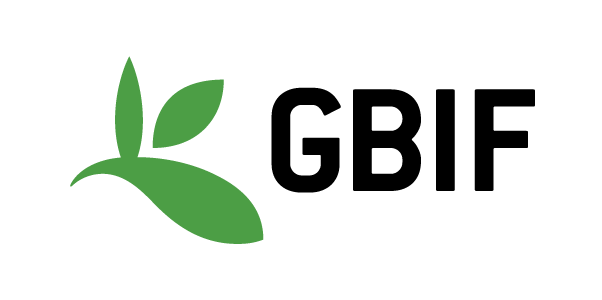
Biodiversité du Gabon
Jeu de Donnés: NMNH-Animalia
Taxons: Ommastrephidae
Critères de Recherche: excluding cultivated/captive occurrences
1
Page 1, enregistrements 1-17 sur 17
1
Page 1, enregistrements 1-17 sur 17
Google Map
Google Maps est un service de cartographie Web fourni par Google qui propose une carte que les utilisateurs peuvent faire défiler (en faisant glisser la souris) et zoomer (en utilisant la molette de la souris). Les points de collecte sont affichés sous forme de marqueurs de couleur qui, lorsque vous cliquez dessus, affichent toutes les informations de cette collection. Lorsque plusieurs espèces sont interrogées (séparées par des points-virgules), des marqueurs de couleurs différentes indiquent chaque espèce individuelle.
Google Earth (KML)
Financement de ce projet généreusement assuré par les organismes suivants:


